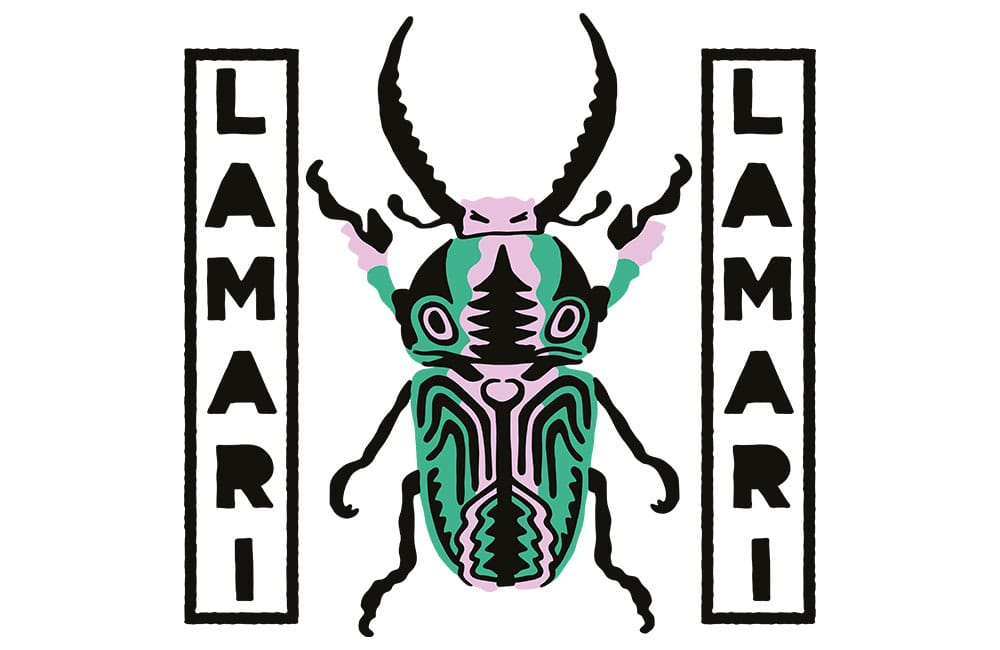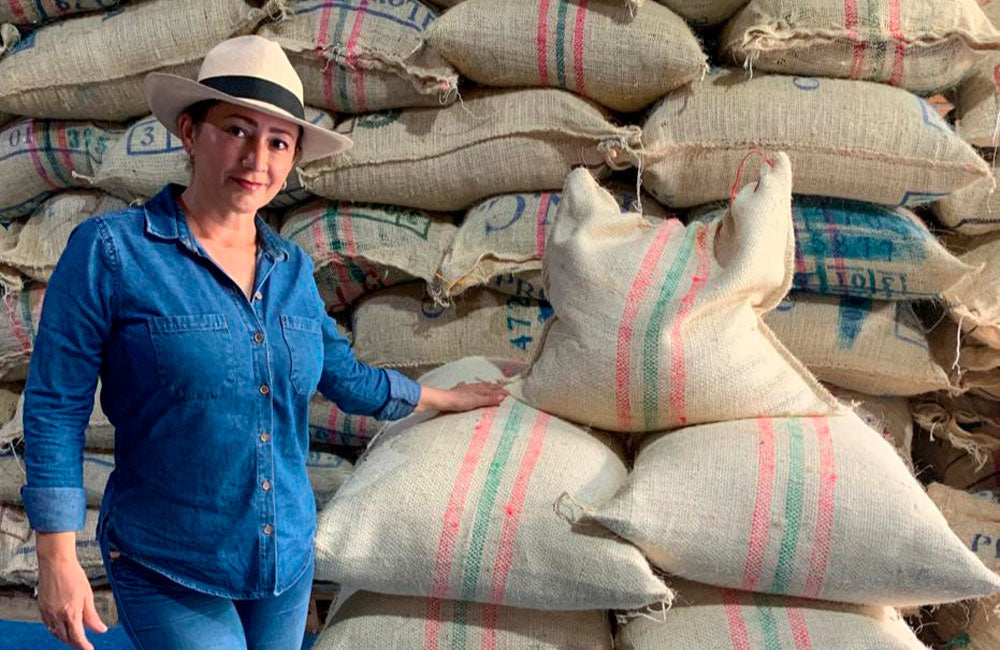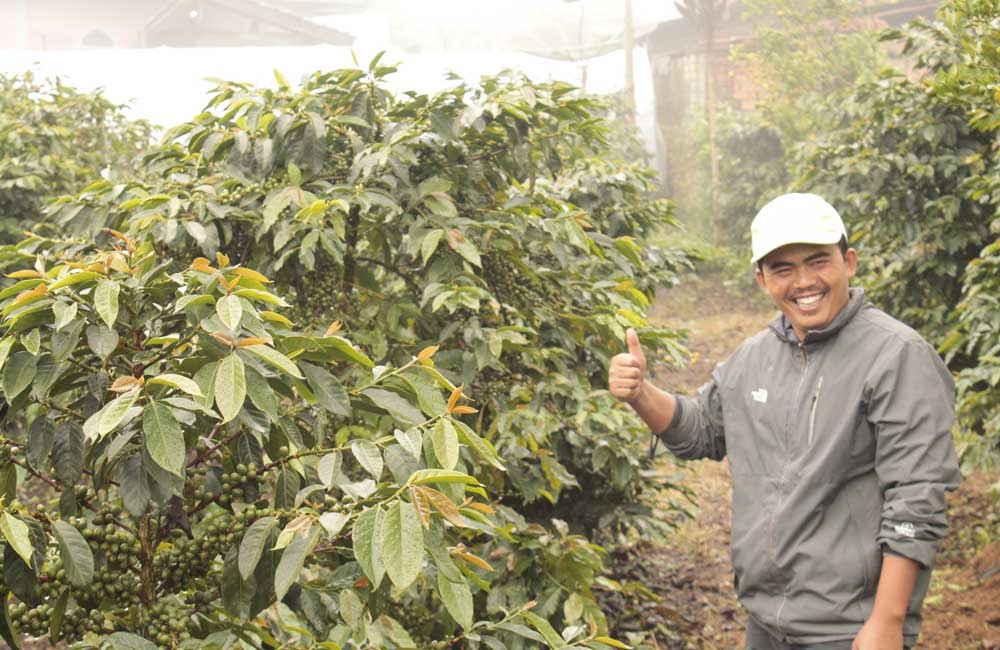Espresso
Blackberry, molasses, chocolate| Eastern Highlands | |
| 1,700 – 2,000 meters above sea level. | |
| Arusha, Bourbon, Typica | |
| Washing | |
| Small producers |
Papua New Guinea Lamari Coffee
Lamari is the name of a river that runs through the Eastern Highlands of Papua New Guinea (PNG).
In this country, almost at the antipodes of where we are, and at an altitude of between 1,700 and 2,000 meters above sea level, we find terraces where coffee is grown on small plantations.
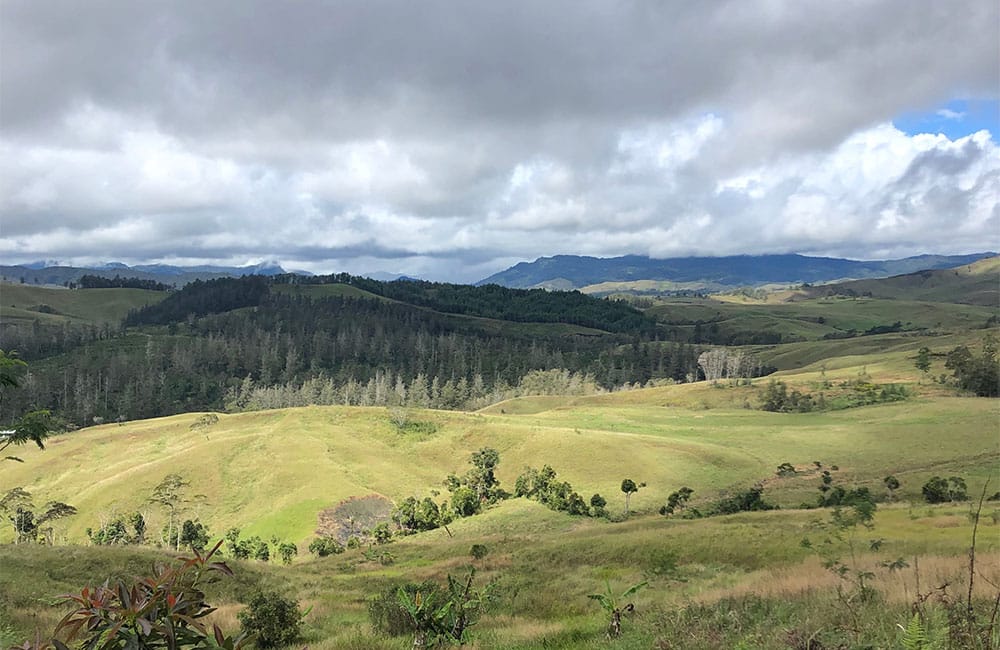
Although coffee has not been a traditional crop in this country, its climatic conditions, the altitude in some areas and the quality of the soil, with a large volcanic component (there are still active volcanoes in the country), predict a great future for specialty coffee .
Not surprisingly, neighboring Indonesia is famous for Java coffee, as well as some recent specialty coffee productions.
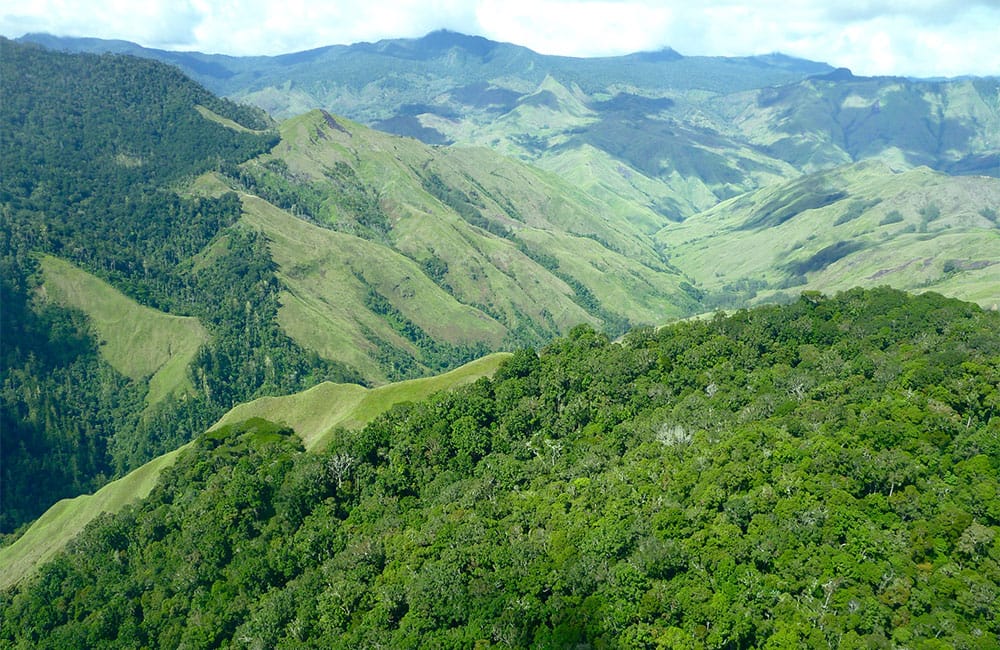
The history of coffee in Papua New Guinea
The introduction of coffee in Papua New Guinea is directly related to the country's colonial past.
The first official record of coffee in the region is found in a British colonial government report from 1890, right in the middle of Forsayth's commercial power.
By 1897, Variarata, a new plantation on the outskirts of Port Moresby (the capital of Papua New Guinea) and a little northwest of Rigo, had planted 20,000 Arabica trees.
Four years later, in 1901, shortly after the trees began to bear cherries, production began to be exported to Australia.
But it wasn't until the late 1920s that the owners of these and other small plantations made a major effort to increase production to a commercial level.
Much of this growth is due to the small farmers of the Highlands, where this batch we have named “Lamari” comes from.
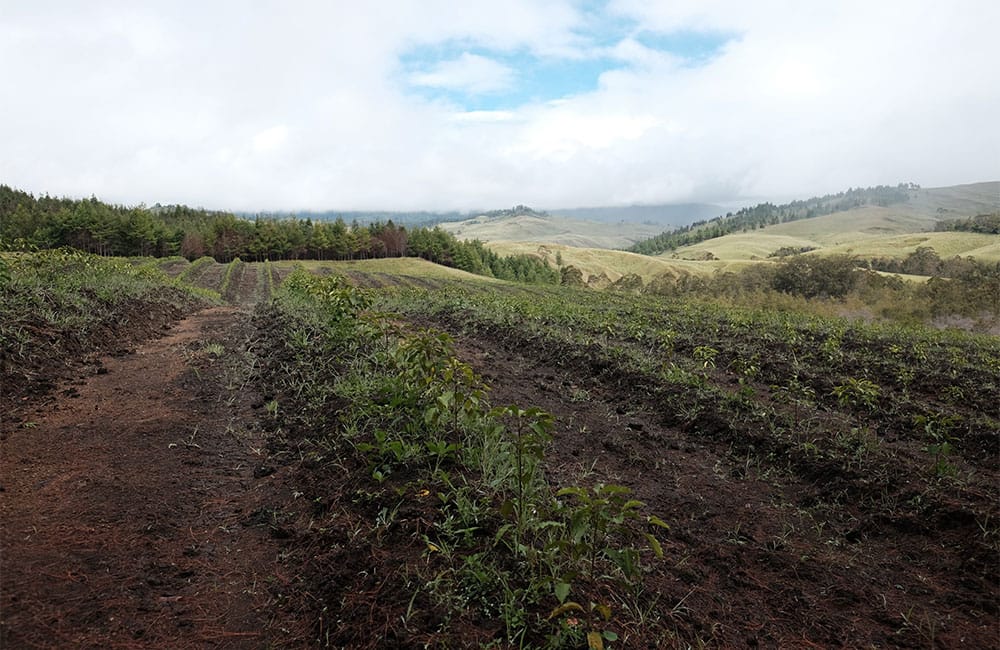
The ideal conditions of the Highlands for growing coffee
The Highlands benefit from a combination of ideal climatic conditions, rich soils, and a growing focus and knowledge among small farmers on improving the quality of their coffees.Most farmers in Papua New Guinea grow coffee on small plots of land, and it should be noted that organizing farmers into cooperatives has been particularly difficult in Papua New Guinea.
This is due, in part, to the incredible diversity of tribes and languages.
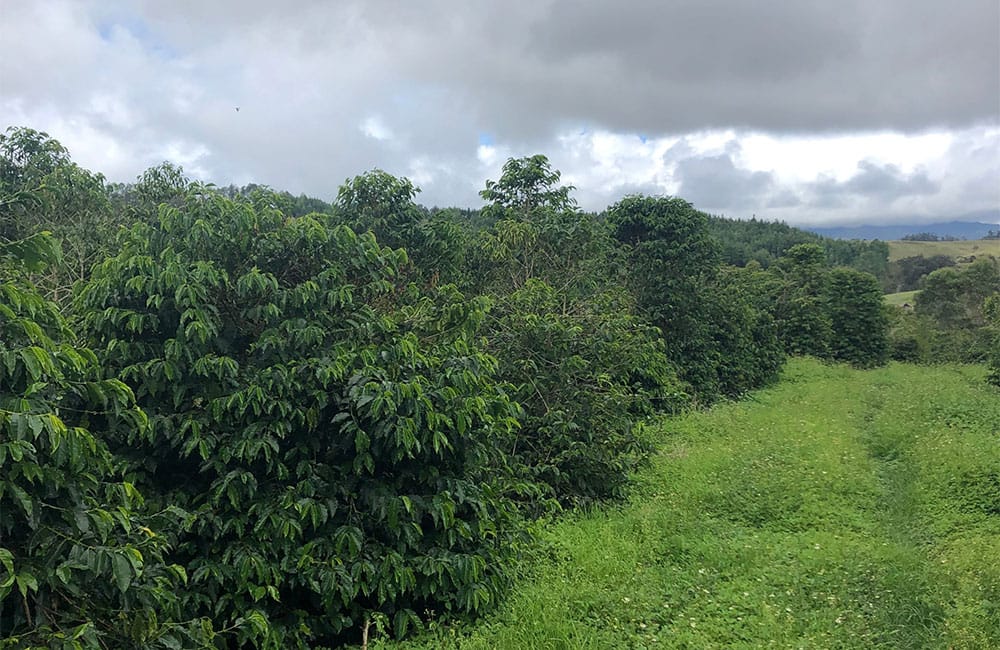
Coffee processing
Many small farmers in Papua New Guinea process their cherries at home.
They usually pulp their cherries using small pulping drums or other manual methods.
After washing the cherry to remove any mucilage residue, the producers dry the seeds.
The most common drying methods are sun drying on raised beds or tarps or mechanical dryers.
The result is a washed coffee with a profile of blackberry, molasses, and chocolate notes.
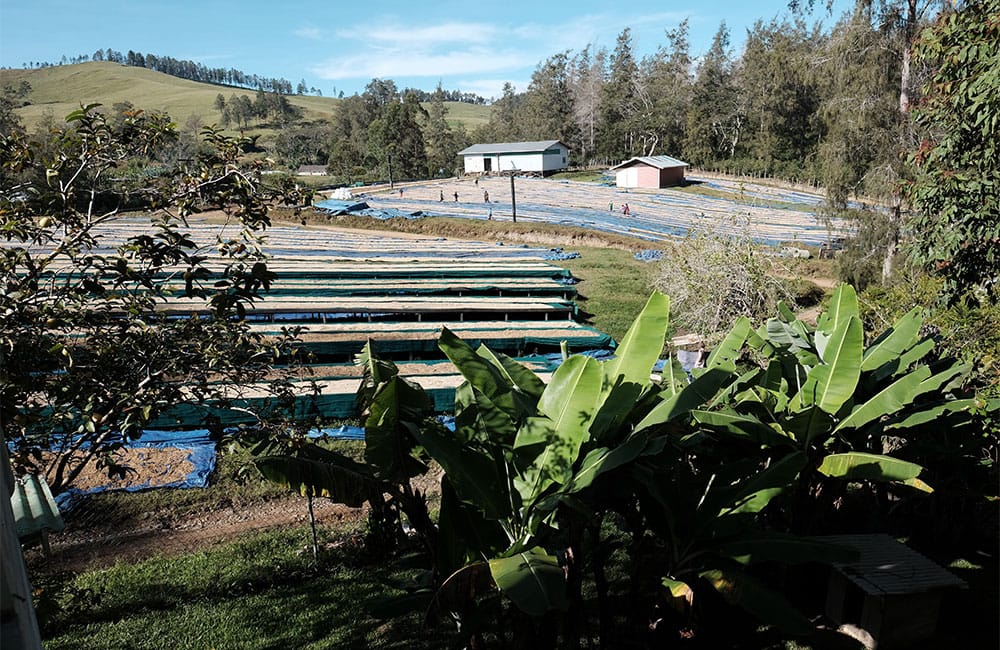
The impact of specialty coffee on the region's economy
Papua New Guinea is a country where almost a third of the population lives in extreme poverty and a large proportion of the population lives in poverty.
This situation is particularly prevalent in rural areas, where a large part of the population lives and where 85% of the country's coffee is grown.
 We will never tire of reminding you that, for us and for almost all of us who support specialty coffee, this is not just a concept linked to the quality of the coffee and the methods used, but rather implies fair treatment of producers in their places of origin that helps them improve their conditions, and sustainable and environmentally responsible cultivation.
We will never tire of reminding you that, for us and for almost all of us who support specialty coffee, this is not just a concept linked to the quality of the coffee and the methods used, but rather implies fair treatment of producers in their places of origin that helps them improve their conditions, and sustainable and environmentally responsible cultivation.  Specialty coffee cultivation, through fair prices and continued investment in improving the industry and the knowledge of coffee farmers in Papua New Guinea, is helping them improve their quality of life and resources.
Specialty coffee cultivation, through fair prices and continued investment in improving the industry and the knowledge of coffee farmers in Papua New Guinea, is helping them improve their quality of life and resources.In this way, they can also help their local communities live more dignified lives.



